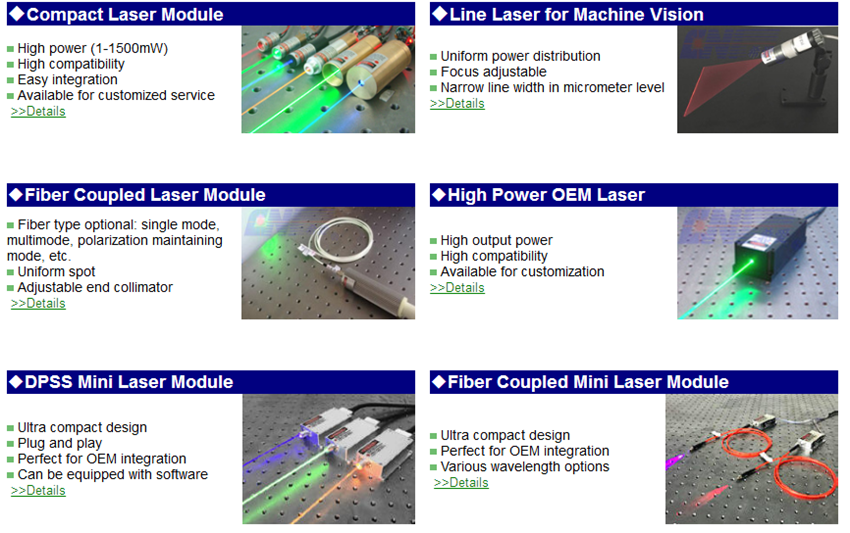·How to solve the problem of central heat and local cold in new energy vehicles
Under the encouragement of various national policies, the speed of China's new energy vehicles has grown by leaps and bounds. In 2014, the cumulative sales of pure electric vehicles and plug-in hybrid vehicles in China reached 74,763 units, an increase of more than three times compared with 2013. Data from the Ministry of Industry and Information Technology pointed out that in January-February 2015, the total production of new energy vehicles was 11,900 units, a year-on-year increase of nearly five times.
In 2011, the country began to focus on supporting the demonstration and promotion of new energy vehicles and the promotion of energy-saving vehicles with a focus on hybrid vehicles. 2015 is the closing year of this round of new energy vehicle promotion. However, according to statistics, out of the 88 cities listed by the state for the promotion and application of new energy vehicles, only 49 cities have introduced new energy vehicle supporting policies, and 39 cities have not issued relevant supporting policies.
The central government’s policies have been introduced one after another. Why is the difference in local behavior so great? Why did the city that was actively applying for demonstration and demonstration at that time fail to implement the new central energy policy? The central heat, what is the reason for the local cold? Experts discussed the second quarter of the China New Energy Vehicle Policy Academic Salon held on March 25.
According to Chen Quanshi, chairman of the Electric Vehicle Branch of the China Automotive Engineering Society, this is a general problem under special conditions and is an old problem. Due to the problems of the supervision mechanism, many policies lack supervision and punishment mechanisms in implementation, and some departments have inaction phenomena that affect enthusiasm.
Wang Qing, director of the Market Circulation Research Office of the Development Research Center of the State Council, believes that the effect of China's new energy vehicle policy is not satisfactory. First, local power is insufficient and efforts are not working. Second, the central government's policy implementation is weak, and the means, methods and methods of management are insufficient. .
Yin Chengliang, deputy dean of the Automotive Engineering Research Institute of Shanghai Jiaotong University, analyzed in depth the main reasons for the lack of local power. The most important point is that the situation in the local area is very different, and the new energy automobile industry is not everywhere in the country. The city that was actively applying for promotion at that time may later find it difficult to establish its own new energy automobile industry and base. The original calculations were lost. Coupled with the different financial capabilities of each place, the implementation has affected enthusiasm.
Well-known car analyst Zhong Shi suggested that not all local cities have the preconditions for Beishangguang, so it is not necessary to promote 88 cities. Those cities that promote non-positiveness can let them withdraw naturally.
Sun Liqing, an associate professor at the School of Mechanical and Vehicle Engineering at Beijing Institute of Technology, believes that the government should study whether there are any contradictions in its own policies.
How to make the new energy automobile industry policy accurately landed in the locality? The experts at the meeting basically reached a consensus: First, we must carefully sort out and reflect on the problems of the past and present policies. Second, the subsidies for new energy vehicles cannot force all cities to have a standard, and should be adapted to local conditions. Third, we must make a reasonable exit. Mechanism, don't do face work, you have to walk on two legs.
The forum also discussed how to solve the problem of “hot manufacturers and cold consumption†in the new energy vehicle consumer market. The two electric car owners present at the scene said that the real attraction to consumers is not limited, no limit to purchase, it does not matter how much electricity costs, it does not matter without subsidies. Because consumers who buy new energy vehicles nowadays are mostly slow-filled at home, public charging facilities are used as supplementary power sources, and the services they enjoy are different, and the prices can be different. If the method of quantitatively limiting the number of unlimited purchases is reflected, it may greatly promote the current consumption side.
CNI developed compact Laser modules with spot, line, cross and fiber coupled beam. Features of small size, high compatibility, cost-effectiveness and easy integration. They are suitable to be integrated into instruments and OEM equipments, also a reasonable solution for other applications. The Laser Diode, cavity and optical and electronic devices can be sealed in one housing, which helps customers easily install to their own equipments. CNI always welcome customized requirements, an external heat sink, PC board can be provided on request.

OEM Laser Module,Laser Module for Easy Integration,Line Laser Module,Ultra Compact Laser Module
Changchun New Industries Optoelectronics Technology Co., Ltd. , https://www.lasersciences.com